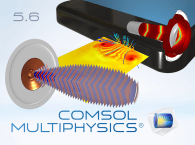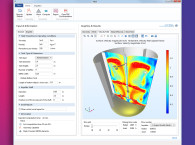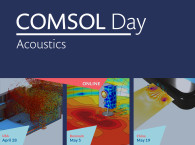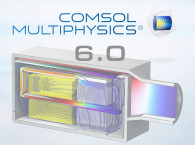
The latest version of COMSOL software introduced at the 12th annual COMSOL Conference in Boston, MA, includes the release of the Rotordynamics Module, which is now available as an add-on product to the Structural Mechanics Module. The latest update also provides significant performance improvements compared to versions made available a year ago. The speedup is most notable with respect to the handling of models with several thousand domains and boundaries.
“COMSOL is committed to continue its strive to deliver the most efficient and robust multiphysics environment for its wide range of products for electrical, mechanical, acoustics, fluid, thermal, and chemical simulations. To fulfill this commitment, COMSOL’s development team ensures that each update of the COMSOL software provides more efficient solvers, meshing, and physics modeling functionality”, comments Bjorn Sjodin, VP of Product Management, COMSOL, Inc.
Svante Littmarck, President and CEO, COMSOL, showcased examples of how its customers are leveraging simulation apps to enable company-wide usage of multiphysics simulation. “These case studies provide us with a first look at how our customers benefit from building and deploying simulation apps,” said Littmarck in his keynote presentation, “The Application Builder and COMSOL Server are the tools that organizations need in order to provide multiphysics for everyone.”

The Application Builder has enabled simulation specialists to create multiphysics apps, based on their detailed models, through custom interfaces that can be easily accessed via COMSOL Client or a web browser connecting to a local installation of COMSOL Server.
Custom applications can be created for anyone from technicians, support staff, designers, to customer service representatives, empowering them to make on-the-fly design iterations and report generation. With COMSOL Server organizations can deploy industry-specific analysis tools in a dynamic, streamlined, quick to implement format that can be scaled for global benefit.
New Rotordynamics Module
The latest update of the COMSOL software product suite includes the new Rotordynamics Module, which will aid engineers in analyzing vibrations due to centrifugal forces and other gyroscopic effects in rotating machinery. This new product will be used to ensure that rotor vibrations are contained within acceptable design limits by providing functionality for evaluating critical speed, whirl, and bearings. This module will be of particular interest to those working with the design of turbines, turbochargers, electrical machinery, and pumps in the automobile, marine, aerospace, energy, and household appliance industries.
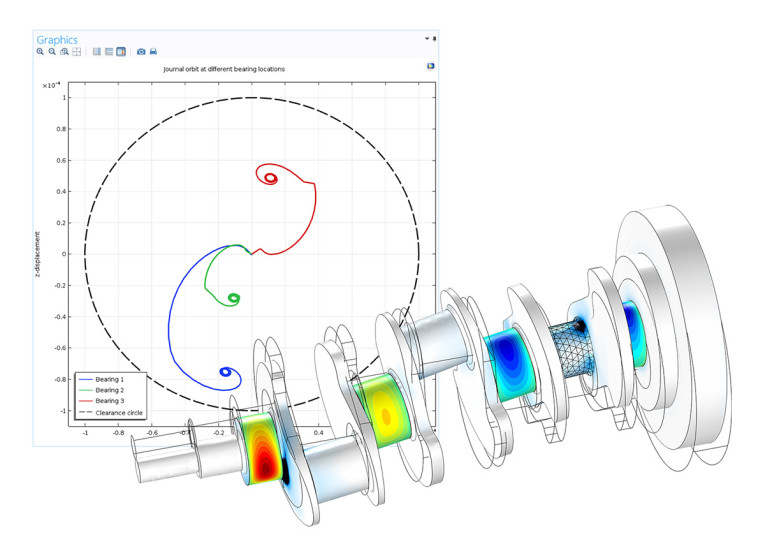
“With the Rotordynamics Module, users can take into account the effects of various components such as disks, bearings, and foundations,” explains Prashant Srivastava, a Technical Product Manager at COMSOL. “Users will also be able to easily post-process their results directly within the software to present the results of their analysis as Campbell diagrams, modal orbits, harmonic orbits, waterfall plots, and whirl plots.”
The new module works in concert with the other COMSOL products. For example, additional tools for modeling geared rotors are available when the Rotordynamics Module is combined with the Multibody Dynamics Module.

COMSOL software products are supported on Windows, Linux, and macOS operating systems. The Application Builder is supported in the Windows operating system. The latest versions and updates of COMSOL Multiphysics software and COMSOL Server are now available to download.
www.comsol.com



